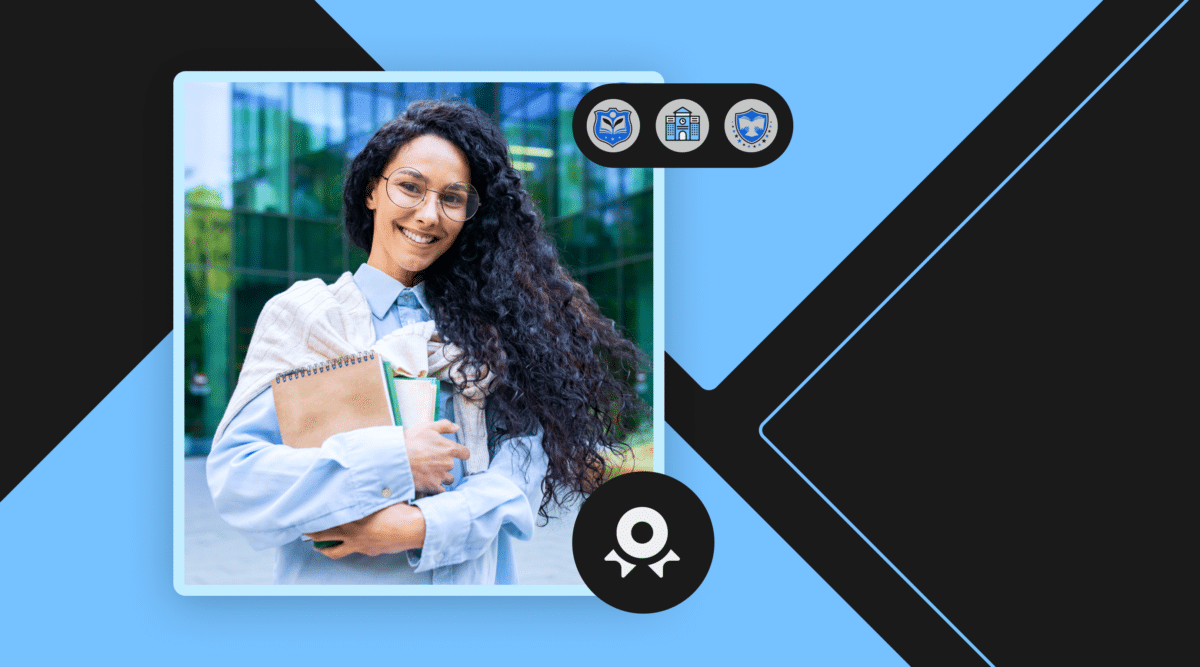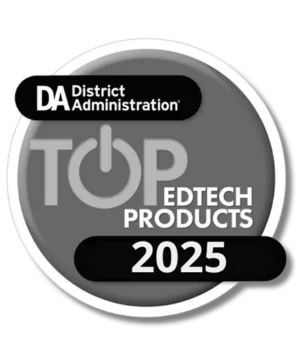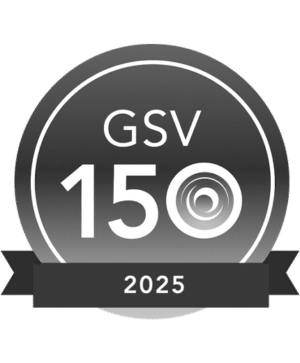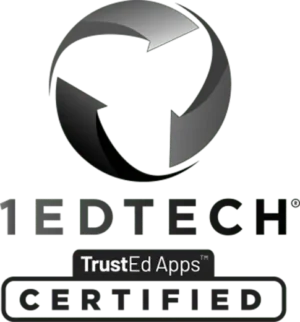
Bridget McDonald, an elementary special education instructional coach in Illinois, shares three key principles to help a coach maximize their impact across multiple buildings.
As an instructional coach that travels across multiple buildings, I’m sharing three principles that have helped me manage my workload.
Building Relationships
Building relationships is the backbone of any successful coaching partnership. This can be especially tricky for coaches who work across multiple buildings, as you often feel like a visitor and not a full member of any one building’s staff.
The first relationship you must foster is the one with your building principal to ensure they support your role when you’re not there. The principal can also help you understand their staff’s strengths. This, in turn, helps you leverage those strengths when you work with each teacher. Without that foundation, it can be difficult to foster relationships with them.
Building solid, trusting relationships with teachers takes time—even more so when you’re not visible and accessible every day. It’s important to take it slow, stay positive, and offer support whenever you find the opportunity. Examples could be laminating students’ work, making copies for staff members, and even reading stories to a teacher’s class to give them some time to prep. It’s also important to take the time to check in with teachers by popping into their classrooms to ask “How’s it going? How are you?” Listening to what they have to say shows you care about them and their students. Creating an “us” instead of “you” culture builds positive relationships.
Once you’ve established this, you can introduce coaching request forms that list the support you provide. The teacher can then identify their ultimate goal, how they would like to work with you, and how often. As a heads-up, if you have them fill out the form before you meet, you can save time.
Getting Organized
Creating and managing a schedule across several buildings is a difficult task. Through trial and error you’ll learn what’s most effective for the context you are working in. You might schedule one day a week in each building to open up your remaining time for flex coaching with teachers. You may have teachers request coaching cycles and then base your schedule around these requests. Alternatively, you might choose to schedule coaching cycles on your own.
However you schedule your days, taking time to collaborate and plan your schedule with your building principals is imperative to success. Ask your principal which PLC or team meetings they would like you to be part of. Afterward, make sure to schedule a weekly or bi-weekly coach-principal meeting to reflect, discuss, and analyze both your building’s school improvement plan and your coaching data to ensure maximum impact on student outcomes.
Being in multiple buildings can get overwhelming without proper systems in place. It’s important to create folders for each building, such as in Google Drive, and add pertinent information to help you stay on top of the priorities for each school. This also helps you have easy access to key documents such as the School Improvement Plan, class lists, PLC agenda/notes, and teacher coaching cycle forms. Additionally, through the use of coaching newsletters, you can keep your peers in the loop of what’s going on within the district and what you’ve been up to.
Keeping up Momentum
Now we’re getting to the most challenging task when coaching in multiple buildings: keeping the momentum going with teachers during their coaching cycles. Finding the time to meet, plan, model, and reflect can be very challenging when you’re not accessible on a daily basis.
When meeting with anyone—especially teachers—you must have a running agenda with notes to keep you focused on reaching your goals together. Regularly reviewing prior notes and action steps ensures follow-through. And, don’t forget that the reflection step is the most important step in a coaching cycle: Always schedule time for reflection when you meet to be sure it happens.
Final Note
As a coach, you maximize teacher performance through encouragement and belief that we can all do better for our students. Dividing your time across schools is a challenge. Nevertheless, being sympathetic to the differences between buildings––and being a consistent presence over time––makes all the difference to student outcomes.
About Our Guest Blogger
Bridget McDonald is an elementary special education instructional coach with over 13 years of experience in the field of special education. She coaches and facilitates professional learning for general education teachers, special education teachers, and support staff so that they may effectively implement best practices in special education. Additionally, Bridget McDonald is a teacher leader who presents at local and national conferences on fostering an inclusive collaborative culture in schools.
Prior to coaching, Bridget was an early childhood special education teacher and autism coach for the Illinois Autism Training & Technical Assistance Program. She holds a Masters in Special Education, Bachelors of Science in Early Childhood Special Education, and a Masters in School Leadership.
Be sure to follow Bridget on Twitter @BridgetMcDonal!
Stay Connected
News, articles, and tips for meeting your district’s goals—delivered to your inbox.






















